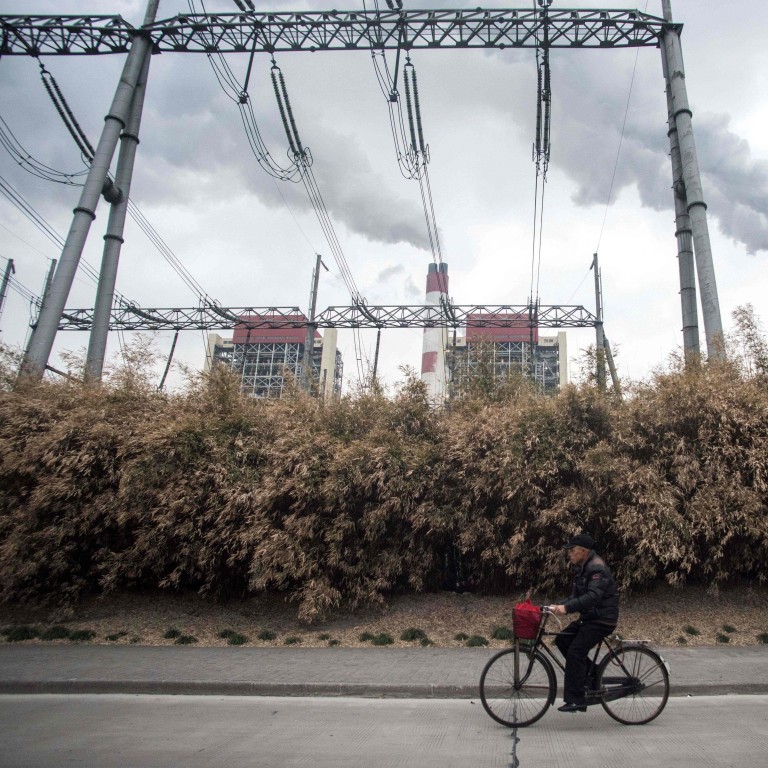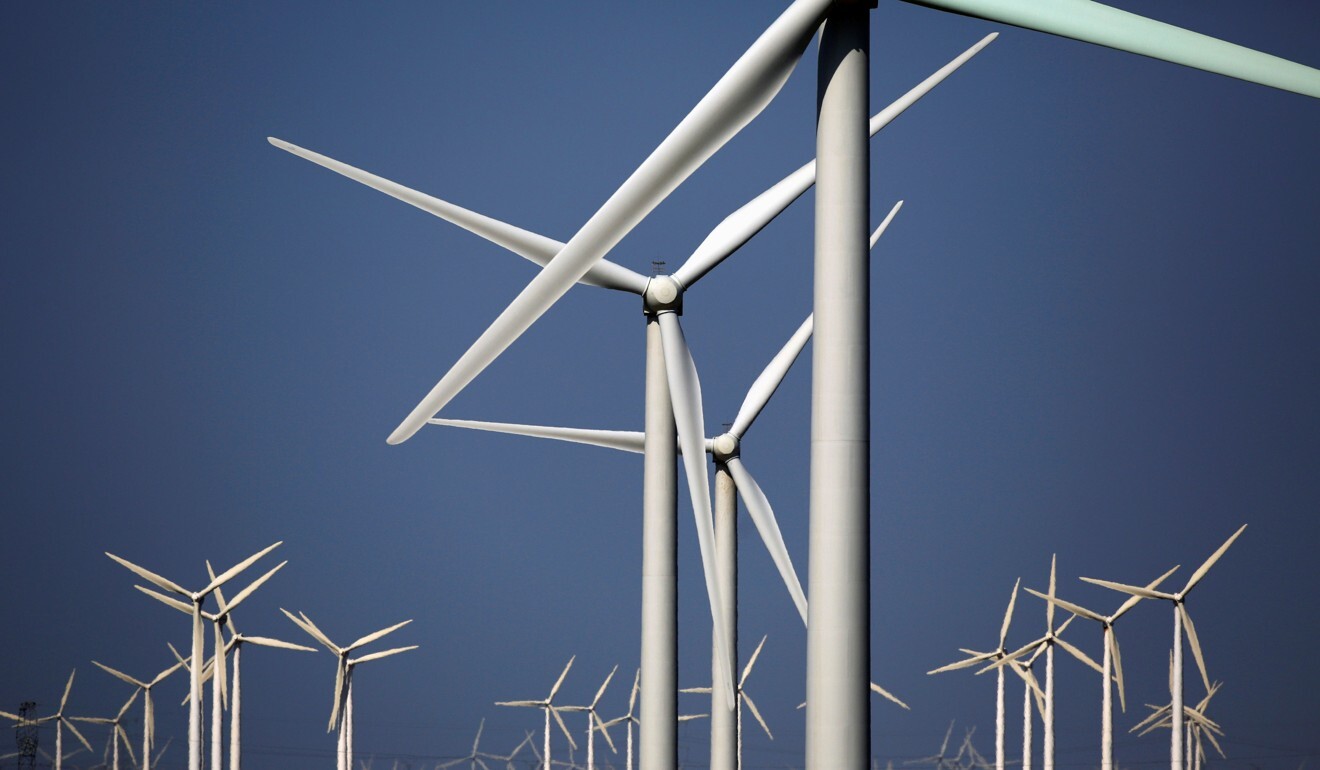
China must shut coal-fired plants with no carbon capturing within 25 years to meet Xi climate goal: US think tank
- Fossil-fuel power plants, of which more than 90 per cent are coal-fired, supplied 70 per cent of China’s electricity in first 10 months of this year
- Prospect of power stations being closed presents tremendous challenge for utilities, their financiers, investors and workers
China should eliminate coal burning in industrial and residential settings in five years and shut all coal-fired power plants not retrofitted with facilities that capture carbon dioxide emissions within 25 years, according to a US energy think tank.
These are the measures that China must undertake to meet President Xi Jinping’s goal for it to become carbon-neutral – with residual emissions completely offset by removals – before 2060 to fight climate change, San Francisco-based Energy Foundation said in a report on Thursday.
“Through an immediate halt of new construction of coal-fired power plants, rapid retirements of a small portion of old, dirty, inefficient coal plants in the near term, and gradually reduced utilisation for operating plants, China can phase out coal power generation without [carbon capture facilities] by around 2040-45, when most existing plants reach a 30-year lifetime,” it said.

03:05
China vows carbon neutrality by 2060 during one-day UN biodiversity summit
Scattered coal combustion in industrial furnaces, boilers and residential heating and cooking in rural areas should be banned by 2025, and coal-burning without carbon capturing in heavy industries, such as steel smelting, should be halted by 2055-60, it added.
These suggestions are significant because fossil-fuel power plants, of which more than 90 per cent are coal-fired, supplied 70 per cent of China’s electricity in the year’s first 10 months, according to industry body China Electricity Council. Coal contributed 58 per cent of its total primary energy consumption last year.

39:35
Sustainability: Green bonds to help drive China's push towards carbon neutrality
Home to the world’s largest fleet of coal-fired power plants, which are also among its youngest, China will need to find a way to lower the cost of carbon capturing technology, currently too expensive, or it will have to take the economically painful step of shutting down most of the plants to meet its carbon-neutrality goal.
Coal-fired plants have an average lifetime of 46 years globally, but often operate for 50–60 years, according to a University of Maryland research paper published last year. In China, their average age stands at 13 years and less than 20 years in emerging Asian economies, the International Energy Agency said in a report in September. It would be economically wasteful to shut them down early.
The prospect of massive coal-fired power stations being closed would present a tremendous challenge for Chinese utilities, their financiers, investors and workers.

“The transition away from a fossil fuel-based economy will involve near-term challenges,” the Energy Foundation said. “[But] China’s progress towards carbon-neutrality will further expand job opportunities across the spectrum of the green economy, including battery production, renewable energy, buildings retrofitting and shared mobility.”
Between 2010 and last year, China attracted US$818 billion in investment in the renewable sector, it added.
About 4.4 million or 38 per cent of all renewable energy jobs are in China, which has the world’s largest solar and wind power generation and equipment manufacturing industry, according to China National Renewable Energy Centre.

To meet its neutrality goal, China must cut its reliance on fossil fuel to 25 per cent by 2050 from the current 85 per cent, removing much of the rest with carbon capture and storage technology, according to Sanford Bernstein analysts Neil Beveridge and Wang Lu. They forecast solar energy to grow from 1 per cent of China’s energy consumption to 22 per cent by 2050 and become the biggest energy source, followed by wind power at 17 per cent from 3 per cent. Nuclear energy’s weighting could quadruple to 8 per cent, and hydrogen will grow from almost zero to 11 per cent.
Renewable energy units could make up 95 per cent of China’s newly added power generation capacity by 2025, of which solar could make up 60 per cent, said China Photovoltaic Industry Association secretary general Wang Bohua, according to a report by China Securities Journal on Thursday. Demand for solar panel components was expected to double in the next five years compared with the last five, he was quoted as saying.

